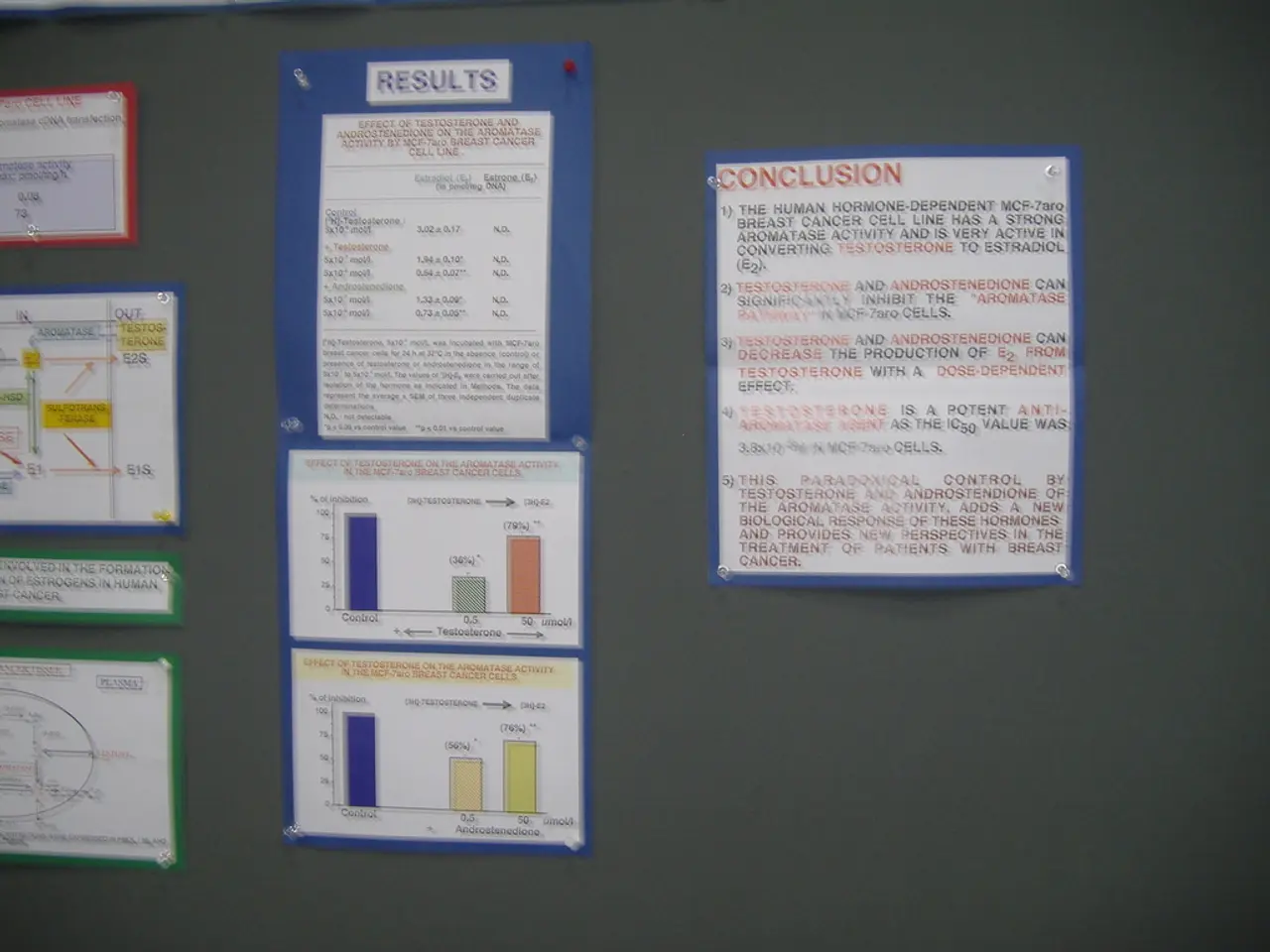Anticipated Budget Shortfall Predicted by Finance Ministry at 4.5 Percent
In a bid to address growing fiscal concerns, Austria has announced its anticipated general government deficit for the year 2025, which is projected to be 4.5% of the country's GDP. This figure follows a deficit of 4.7% in 2024, according to the Ministry of Finance's estimates.
The high deficit is primarily attributed to permanent increases in government spending, mainly due to inflation-related rises in public sector compensation and welfare benefits. These rising costs, coupled with expenditure increases already agreed upon by the previous government, have significantly contributed to the deficit.
The European Union's fiscal rules, particularly Article 126(6) TFEU, require member states to maintain a general government deficit below 3% of GDP. Given that Austria's deficit exceeds this threshold, the country is a candidate for the Excessive Deficit Procedure (EDP). The European Commission considers the excess over the 3% threshold in 2024 to be exceptional due to a prolonged recession. However, the deficit is projected to remain above 3% of GDP in 2025, which is not considered temporary.
Austria's deficit figures will be submitted to Statistics Austria and transmitted to the European level. The decision on the deficit procedure is expected in July in the Council for Economic and Financial Affairs (Ecofin). It is worth noting that several other states are also expected to initiate an EDP based on their projected deficit figures.
To address these fiscal challenges, Austria has outlined a series of proposed measures. The country needs significant fiscal consolidation to reduce its deficit and align with EU fiscal rules. As part of the EU's new fiscal framework, Austria must submit a fiscal structure plan, which includes a net expenditure path strategy. This plan was presented in May 2025.
Encouraging economic growth is crucial to reduce the deficit and improve public finances. However, Austria faces challenges such as a projected GDP contraction of 0.3% in 2025. Additionally, the country's economic and strategic position is complex due to dependencies on Russia, China, and the U.S., which add to its economic vulnerabilities.
One of the proposed measures includes an increase in defense spending. Plans are in place to increase defense spending from 0.8% of GDP in 2025 to 1.5% by 2027, and further to 2% in the future.
In conclusion, Austria faces significant fiscal challenges and must navigate both economic and strategic complexities to align with EU fiscal rules and improve its economic stability. The consolidation course, which aims to reduce the overall state deficit through a mix of savings, tax increases, long-term reforms, efficiency improvements, and offensive measures, is a nationwide effort. The budgeting process is being finalized under high pressure, with the budget speech scheduled for May 13 and the double budget to be passed in June.
The high deficit in Austria's economy is primarily due to inflation-related increases in finance costs, such as public sector compensation and welfare benefits, which fall under the general umbrella of business expenses. In order to address these fiscal concerns and align with the European Union's Economic and Monetary Union regulations, Austria has outlined a series of measures, including an increase in defense spending, as part of its fiscal consolidation plan.




